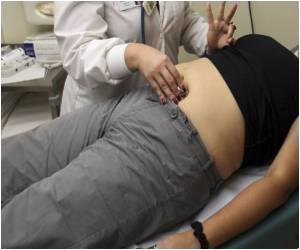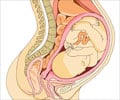Medical abortion is gaining popularity nowadays. So, a retrospective cohort study was conducted to assess the hazards of medical abortions in adolescent girls and women.

Keeping this in mind, a study was carried out which compared the risk of side effects of medical abortions between adolescents and adult females in Finland during the 2000 – 2006 time period. The study used data from the National Abortion Register. Incidence of short – term complications like bleeding, infection, incomplete abortion, need for surgical evacuation, psychiatric morbidity, injury, increased clot formation, and death were noted. The study observed that between the years 2000 and 2006, around 3024 adolescents and 24 006 adults had undergone one medical abortion at the least.
The risk for complications like bleeding, incomplete abortion and the need for subsequent surgical evacuation were significantly higher in the adult female group as compared to the adolescent group.
The authors also found that the risk of infection post-medical abortion was not related to the presence of Chlamydia in the genital tract.
The most significant jeopardizing entity responsible for infection, incomplete abortion and surgical evacuation was found to be gestational duration.
To conclude, medical abortion was found to be a safe option in adolescent females when compared with adults, since the adverse aftermaths associated with medical abortion were found to be identical or less in adolescent girls as compared to adult females.
The study-“Comparison of rates of adverse events in adolescent and adult women undergoing medical abortion: population register based study.” was conducted by Mark J Bolland, Andrew Grey, Alison Avenell, Greg D Gamble, and Ian R Reid. It was published in BMJ2011; 342:d2111 doi:10.1136/bmj.d2111; 20th April 2011.













